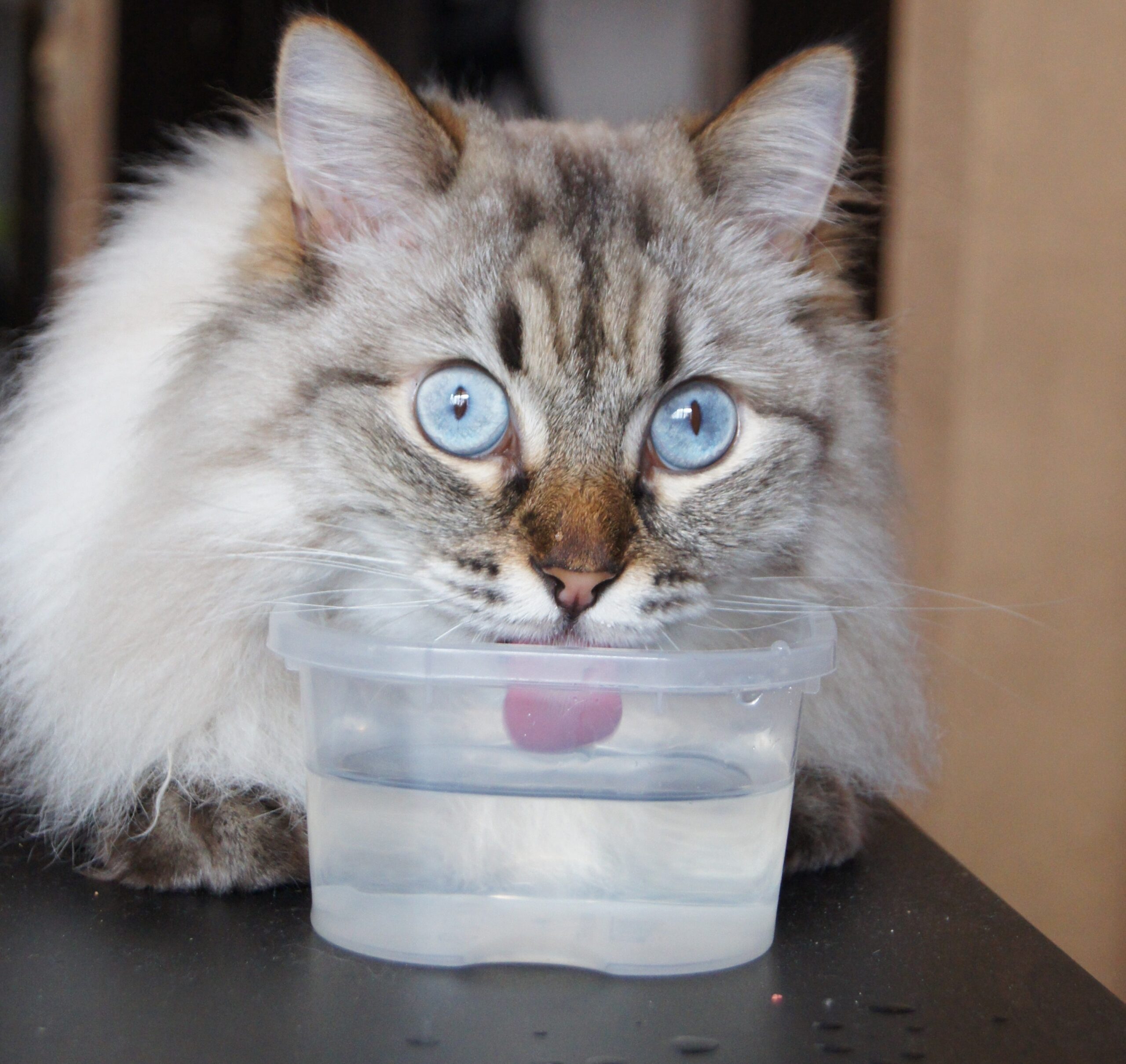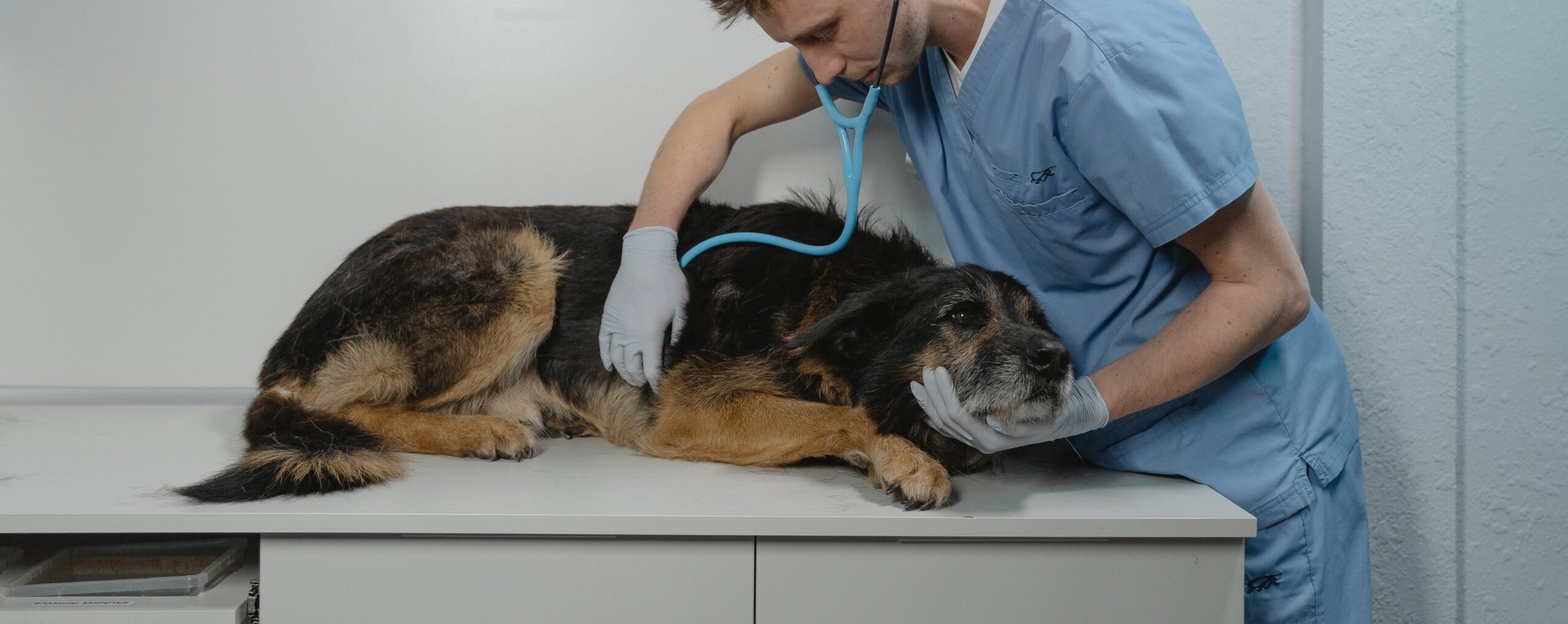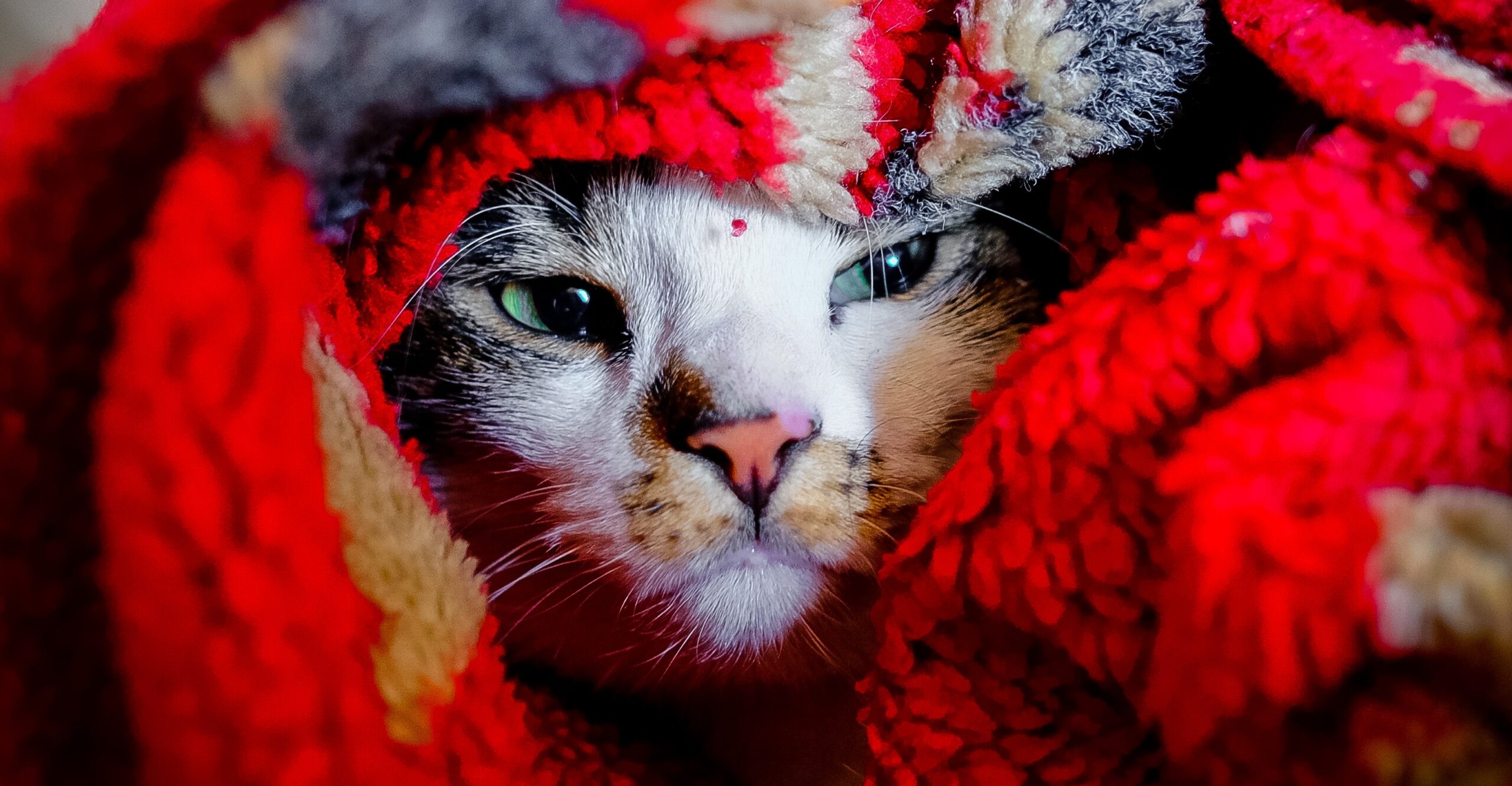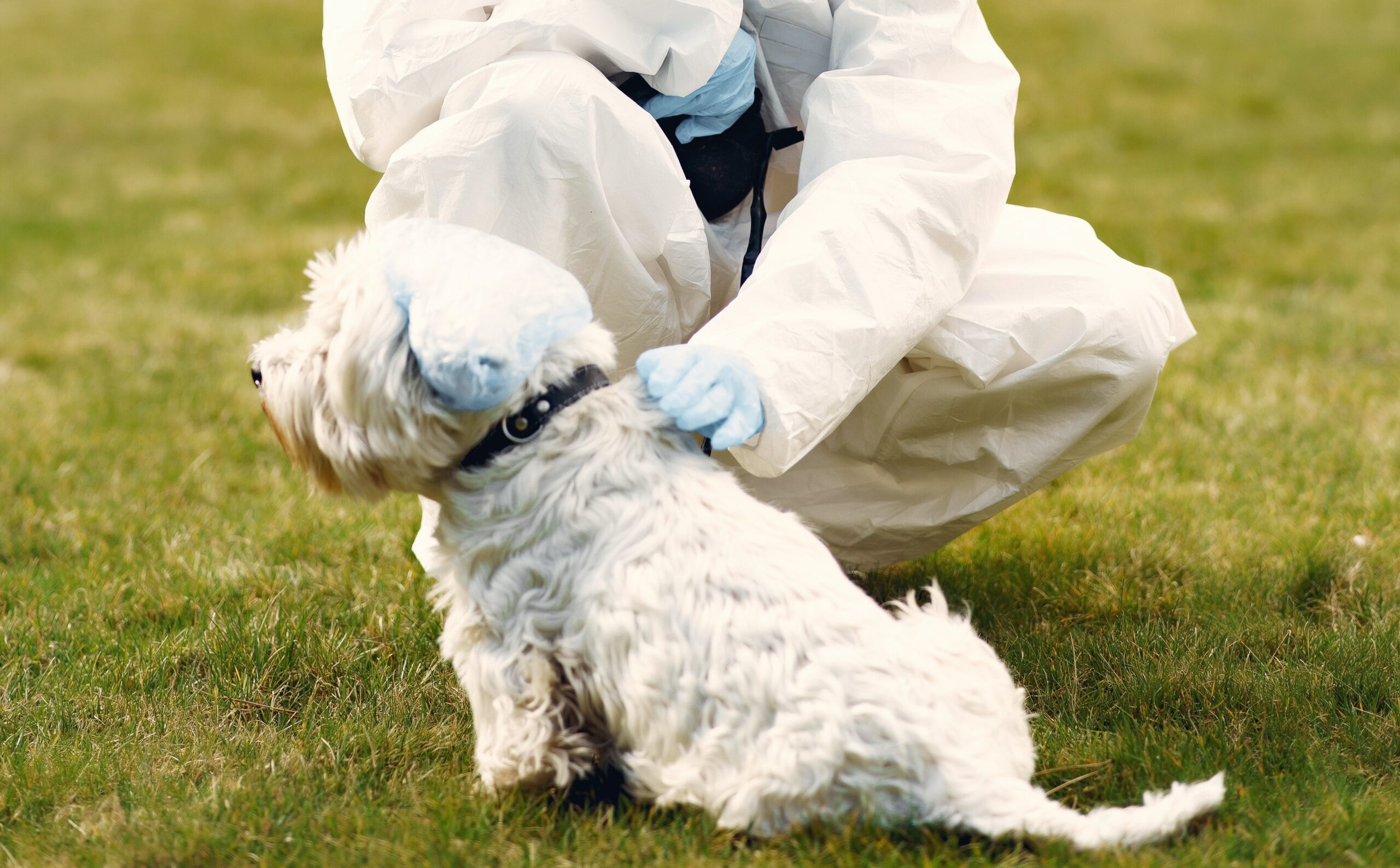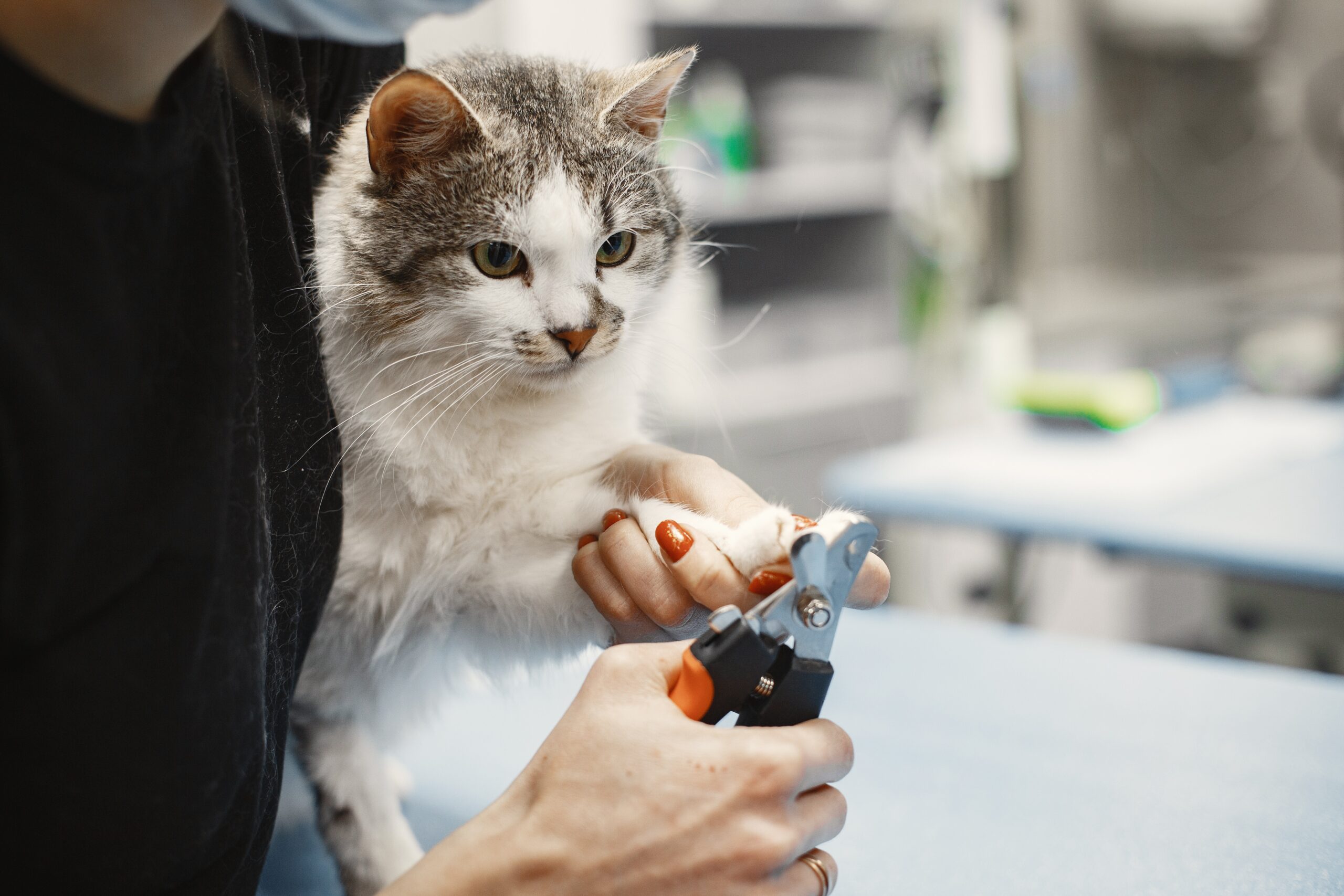How to Prevent Pet Dehydration: A Comprehensive Guide
Proper hydration is essential for the health and well-being of your pets. However, many pet owners are not aware of the signs and risks of dehydration in their furry friends and how to prevent then.
In this article, we will discuss the importance of keeping your pets hydrated and provide practical tips on how to prevent pet dehydration.
Why is Hydration Important for Pets?
Just like humans, pets require water to maintain their bodily functions, such as regulating body temperature, aiding digestion, and transporting nutrients throughout the body. Dehydration occurs when your pet loses more fluids than they take in, which can lead to serious health problems, such as organ failure and even death.
Signs of Dehydration in Pets:
It’s important to recognize the signs of dehydration in your pets so that you can take immediate action. Some common signs include:
- Dry, sticky gums
- Loss of skin elasticity
- Sunken eyes
- Lethargy
- Panting or breathing difficulties
- Dark urine or reduced urine output
Tips to Prevent Pet Dehydration:
Provide Fresh Water– Make sure your pet has access to fresh, clean water at all times. Change their water bowl daily and clean it regularly to prevent bacteria growth.
Encourage Hydration– Some pets are picky drinkers and may not drink enough water on their own. Encourage them to drink more by adding water to their food, providing a pet fountain, or offering low-sodium chicken broth.
Keep Them Cool– Pets can become dehydrated quickly in hot weather. Make sure they have access to shade, and provide them with plenty of water when they are outdoors.
Monitor Activity– Pets that are active or experiencing illness may require more water than usual. Monitor their activity levels and adjust their water intake accordingly.
Consult with Your Veterinarian- If you suspect your pet is dehydrated, contact your veterinarian immediately. They can provide guidance on how to rehydrate your pet and prevent future dehydration.
Conclusion:
Dehydration can be a serious problem for pets, but it’s preventable. By providing fresh water, encouraging hydration, keeping them cool, monitoring activity, and consulting with your veterinarian, you can help ensure that your pets stay healthy and hydrated. Always remember, a hydrated pet is a healthy pet.

